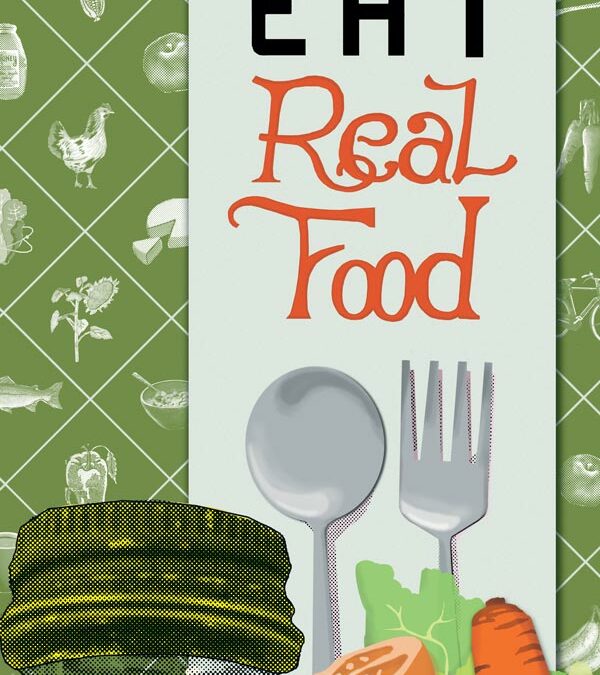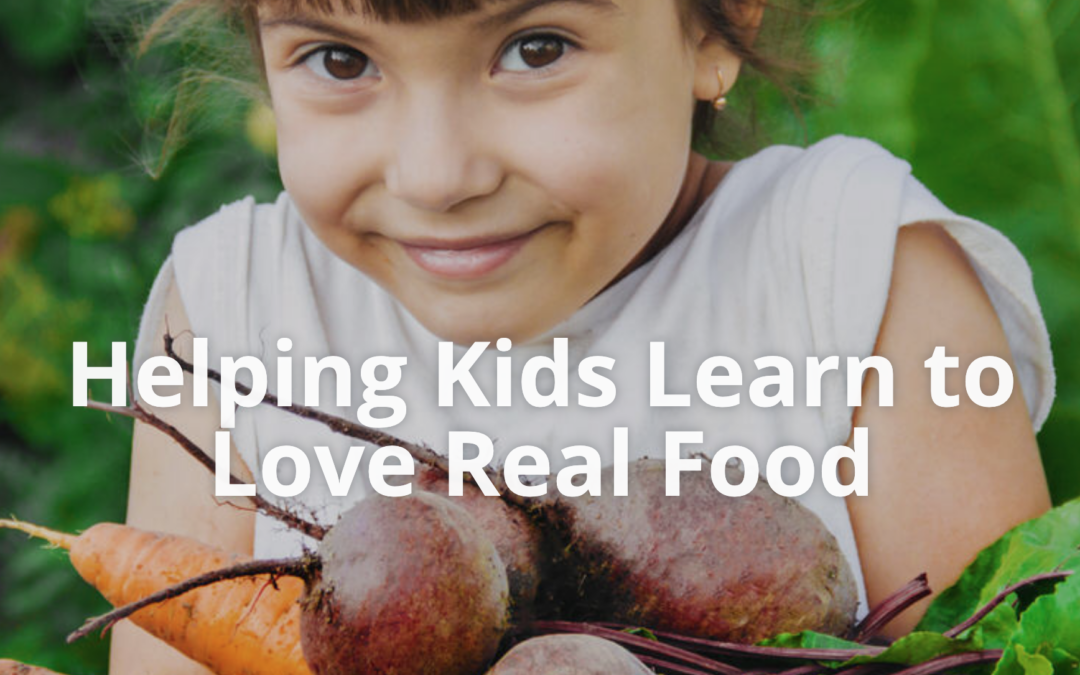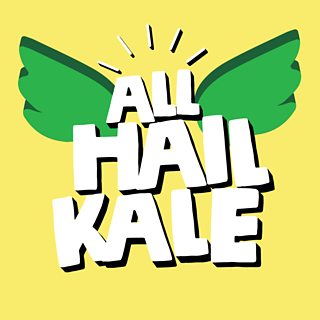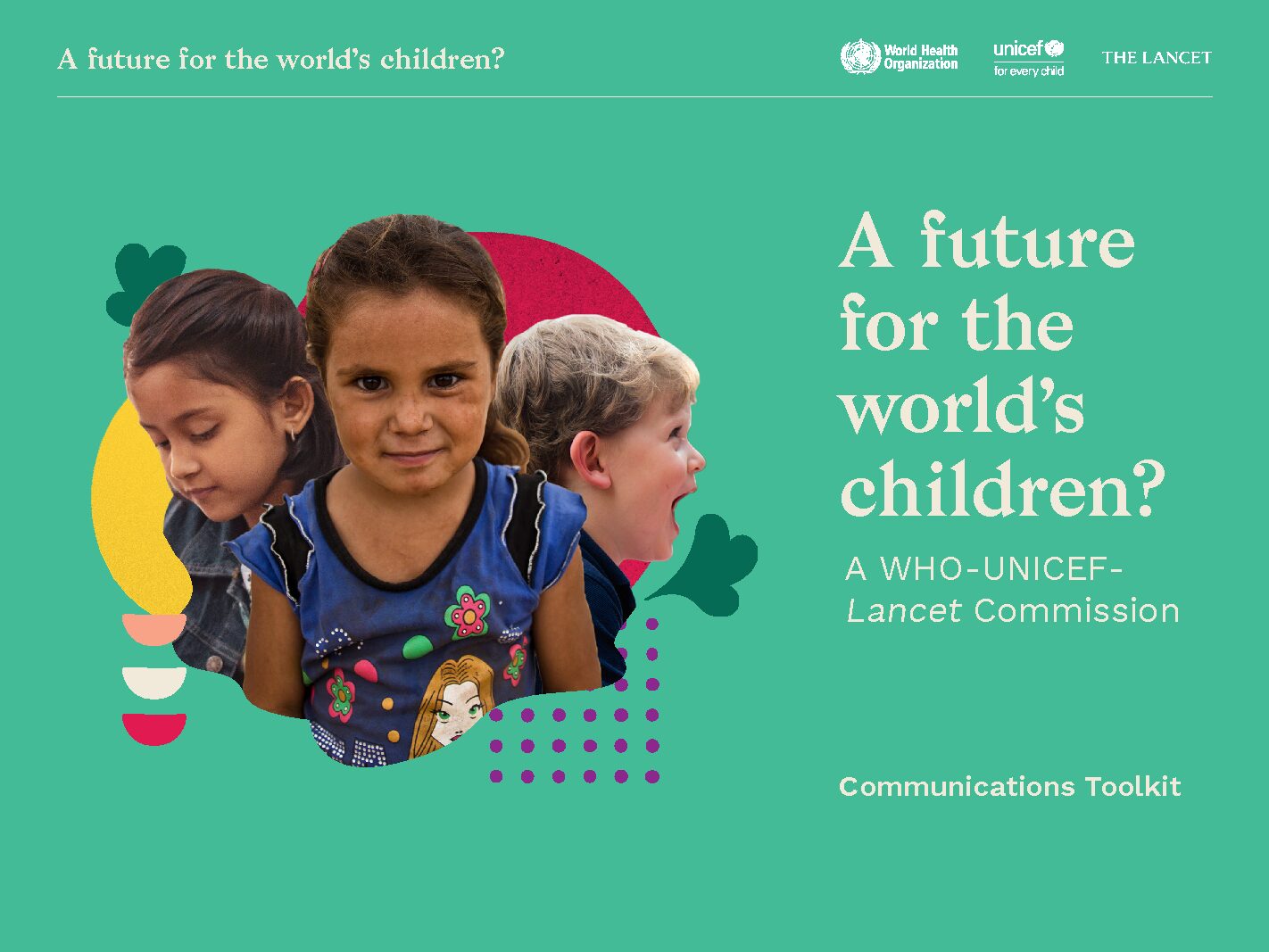
Real Food is your best defense against dying from coronavirus
Like everyone else in California this week, I made an emergency provisions trip to the supermarket in response to our state’s “shelter in place” order to try to flatten the coronavirus infection curve. What I saw amazed me. All the produce, all the meat, all the milk, all the nuts, all the dairy, were fully stocked. What was gone from the shelves? Pasta, breakfast cereal, and candy. Really?
Now, I understand that these consumables last a long time. I understand that people are not sure about the resilience of the food supply. I understand that people are worried that the fresh food somewhere along the food chain might have been handled by a virus carrier. And, as an obesity researcher, I understand that they are “tasty”, and right now, everyone is just a little bit stressed which drives the brain’s need for some form of “reward”. Parents are using sugar as the reward for good behavior while cooped up in the house, while the mom is guzzling Ben and Jerry’s.
But this is the exact WRONG formulation. This isn’t going away soon. We’re in this for the long haul, and what we eat matters. Who dies from coronavirus? The elderly, and those with pre-existing conditions, such as diabetes, heart disease, hypertension, and kidney disease — and these affect young people as well. The current thinking is that these people don’t have the resilience to stand up to the virus. This is partially true, they don’t. But why not? Because these groups are already in a state of chronic inflammation, which stems from their prior poor nutrition.
The elderly lose muscle and brain function as they age. Is this just from aging? Not specifically — there is a subset of octogenarians who are doing just fine, and there are centenarians who can run rings around you. Rather, most of the elderly fall prey to malnutrition, which can be due to any one of the Nine D’s: Depression, Dementia, Diarrhea, Drugs, Dentition, Dysgeusia (inability to taste), Dysfunction (specifically immune), Dysphagia (inability to swallow), and Disease (the same diseases that younger people get).
And what are these diseases that serve as risk factors for dying from COVID-19? They are the diseases of metabolic syndrome. Diabetes, heart disease, hypertension, kidney disease — these are the diseases that travel with obesity. But obesity is not a cause, because 20% of obese people don’t have them, while 40% of normal weight people do. Rather, obesity is a marker for the two underlying cellular pathologies — mitochondrial dysfunction (the inability to utilize energy properly) and insulin resistance (the inability of cells, especially the liver, to respond to the insulin signal). Because of these two problems, people with metabolic syndrome are already in a high cytokine (inflammation) state, which is what drives these chronic diseases.
Then throw COVID-19 on top, and you have the makings of a tsunami of inflammation. You’ve heard that this virus causes pneumonia. That’s true, because pneumonia just means lung inflammation. But it’s not due to the virus itself. It’s due to the ensuing cytokine response, known as Adult Respiratory Distress Syndrome (ARDS), which destroys normal lung tissue.
Your inflammatory status is the single best predictor of survival. What worsens your inflammation? Processed food, because of three inherent problems: 1) excess omega-6 fatty acids (seed oils like soybean oil) which are pro-inflammatory; 2) lack of omega-3’s (oily fish), which are anti-inflammatory; and 3) excess sugar (virtually all processed food), as the fructose (sweet) molecule in sugar poisons mitochondria and induces insulin resistance directly. Conversely, improving your inflammatory status is the single best way to improve your chance for survival. Flavonoids, polyphenols, vitamin C, vitamin D, all of which have anti-oxidant, anti-inflammatory, and immune strengthening capacities. That’s called REAL FOOD — the stuff that’s still in the supermarket!
But what about food-borne viral transmission, you ask? While it is true that COVID-19 is very resourceful and can bind to intestinal epithelial cells, no one appears to have contracted the virus through the oral route. This is a droplet disease. My UCSF colleagues have posted a full assessment of the virus’ transmission and epidemiology, and the gut is not a route of infection. If you’re still worried, cook the hell out of it; it’s still better than eating the crap out of the box.
The big problem is that 33% of Americans today don’t know how to cook; because a whole generation has grown up on processed food. To this end, my non-profit Eat REAL <eatreal.org> is posting food guides on how to eat immune system-boosting food, and the contents of my Fat Chance Cookbook is online so that adults can make easy quick recipes using real food; and the only extra piece of cooking equipment you would need is a blender.
Processed food kills. It kills by causing chronic disease. But chronic disease puts you at risk for acute disease as well. Real Food won’t prevent you from becoming infected with COVID-19. But it certainly can help you to survive it.
– Robert H. Lustig, M.D., M.S.L.
Robert H. Lustig, M.D., M.S.L. is Emeritus Professor of Pediatric Endocrinology in the Division of Endocrinology and member of the Institute for Health Policy Studies at the University of California, San Francisco. He is also Chief Science Officer of the non-profit Eat REAL and Medical Advisor for the Hypoglycemia Support Foundation. He takes no money from the food industry.







Recent Comments